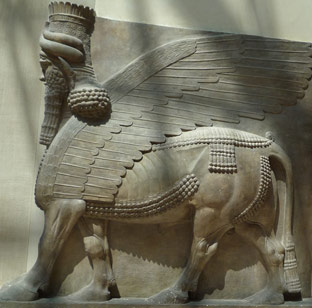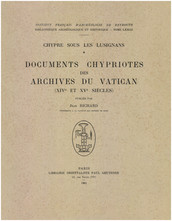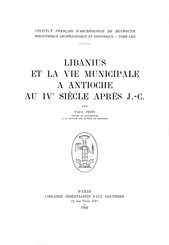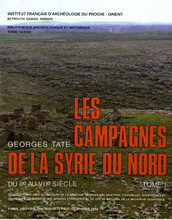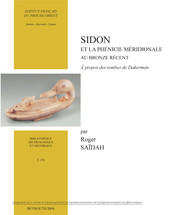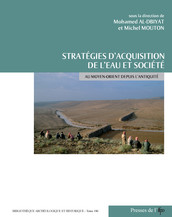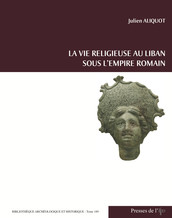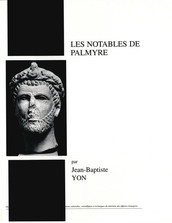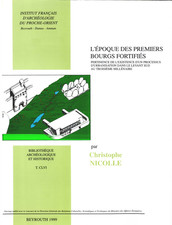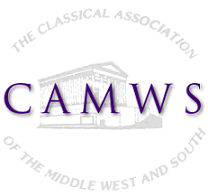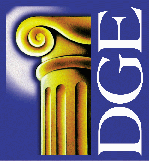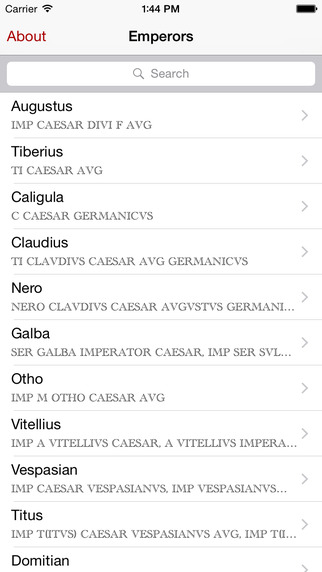[First posted in AWOL 26 August 2013, updated 2 March 2015]
Σχολή. Философское антиковедение и классическая традиция: Журнал Центра изучения древней философии и классической традиции -- Ancient Philosophy and the Classical Tradition : A Journal of the Centre for Ancient Philosophy and the Classical Tradition
ISSN: 1995-4336 (Online)
ISSN: 1995-4328 (Print)
See the full List of Open Access Journals in Ancient Studies
Have you taken the AWOL User Survey?
Σχολή. Философское антиковедение и классическая традиция: Журнал Центра изучения древней философии и классической традиции -- Ancient Philosophy and the Classical Tradition : A Journal of the Centre for Ancient Philosophy and the Classical Tradition
ISSN: 1995-4336 (Online)
ISSN: 1995-4328 (Print)
Volume VIII (2014)
Issue 1
The Platonic Tradition
Issue 2
Choice. Law. Power. Argument
Volume IX (2015)
Issue 1
The Natural and Human Sciences in Antiquity
See the full List of Open Access Journals in Ancient Studies







